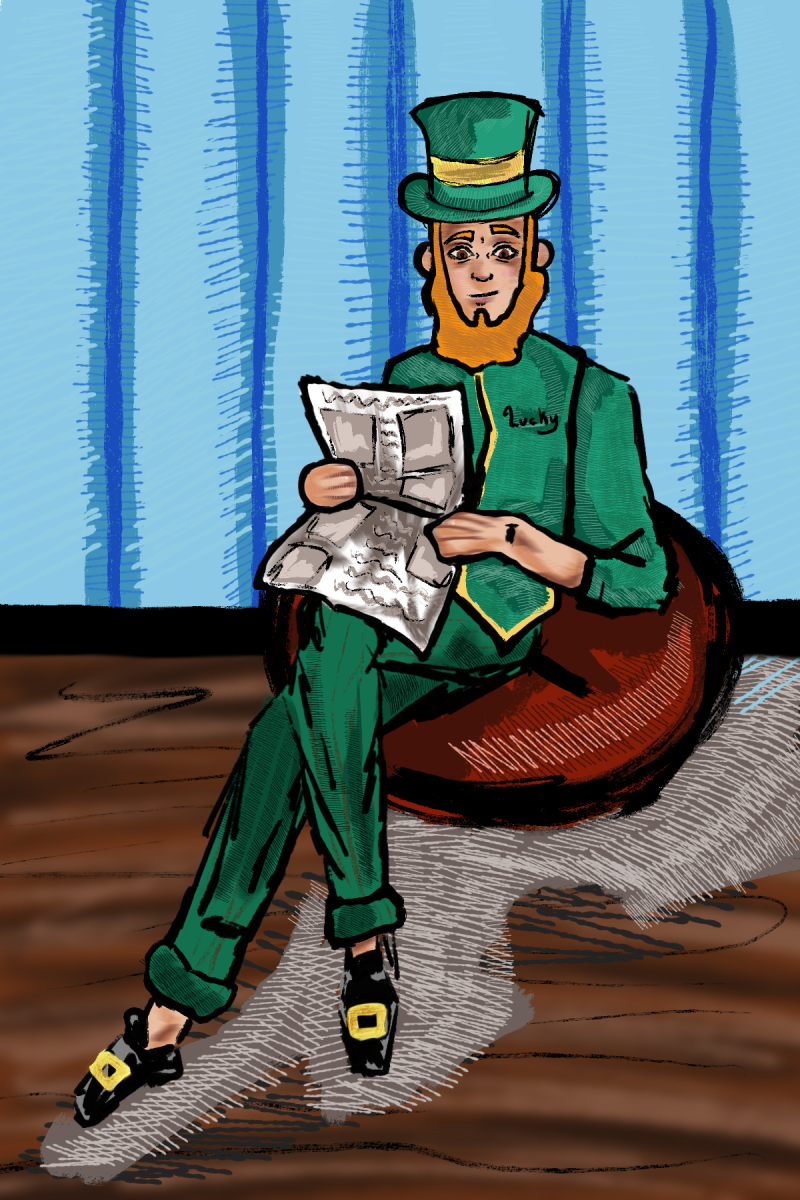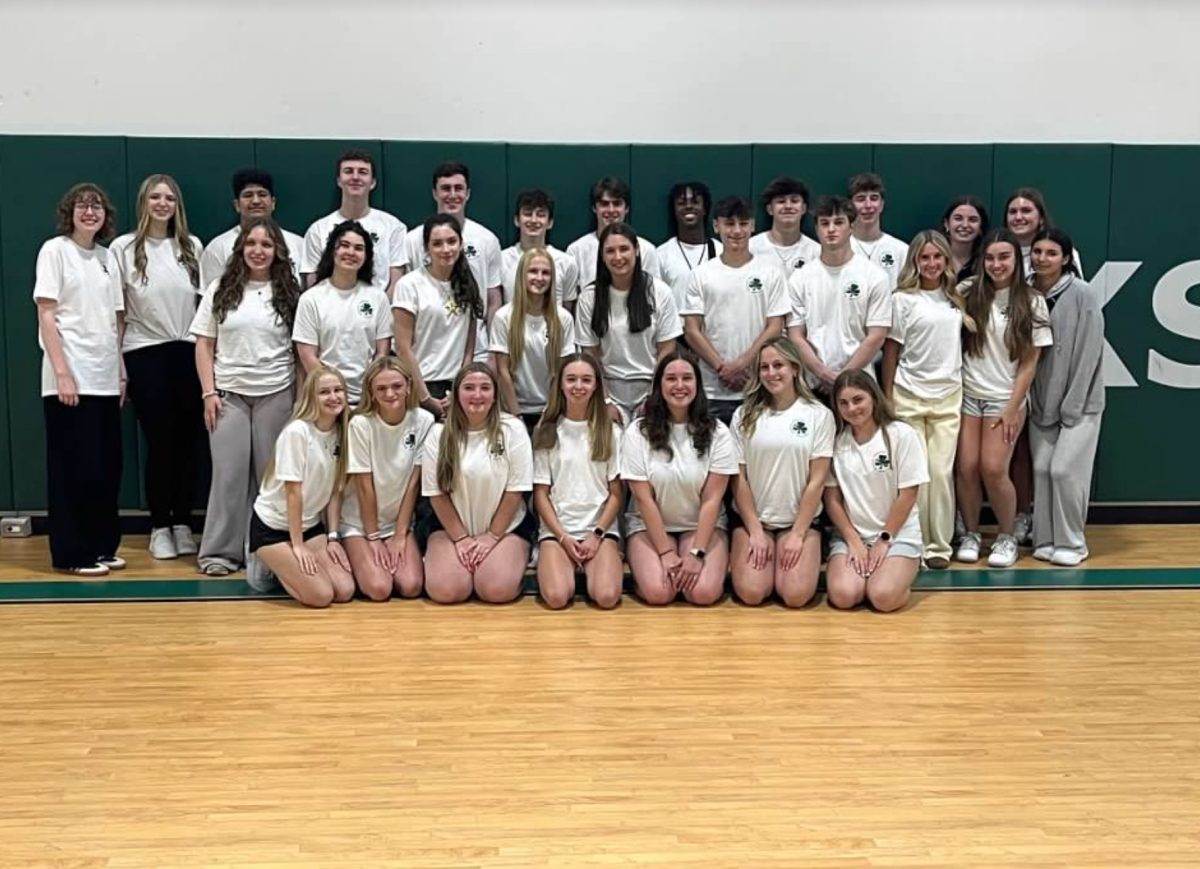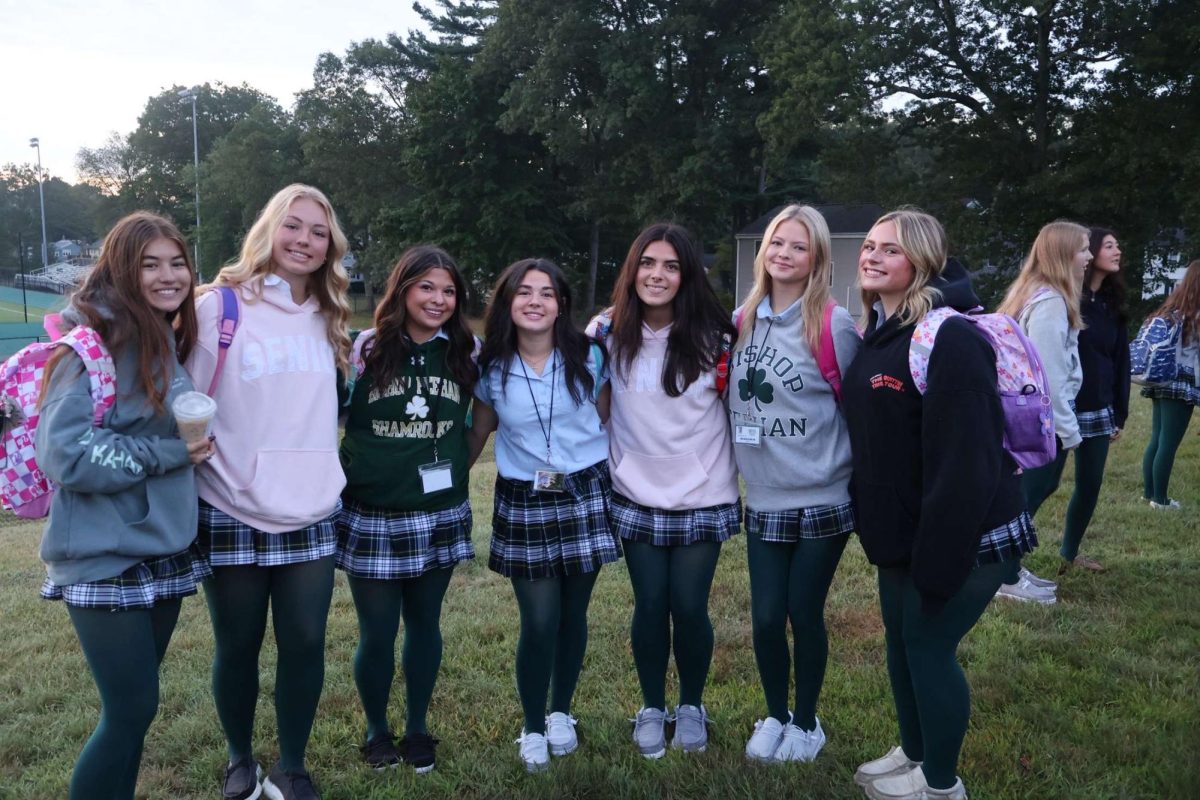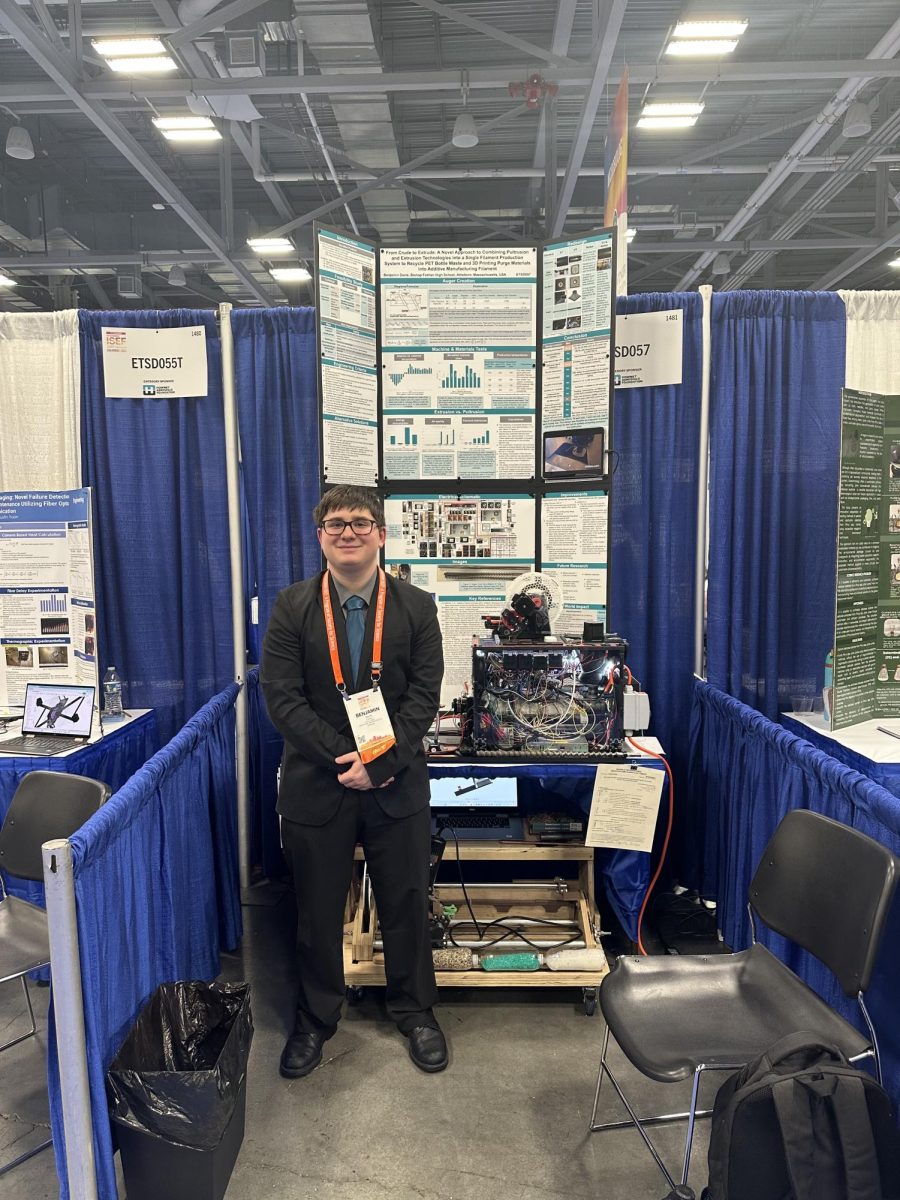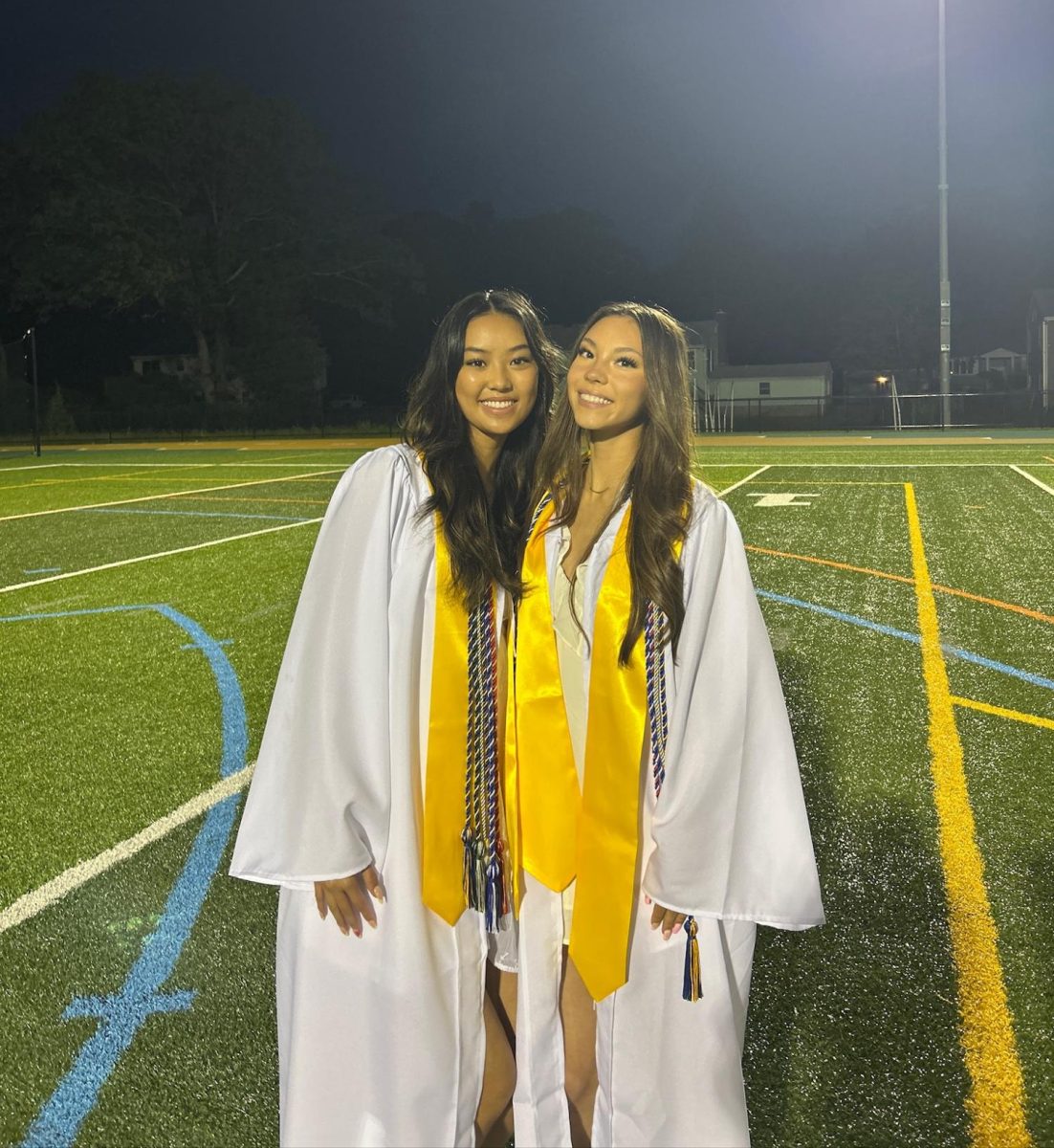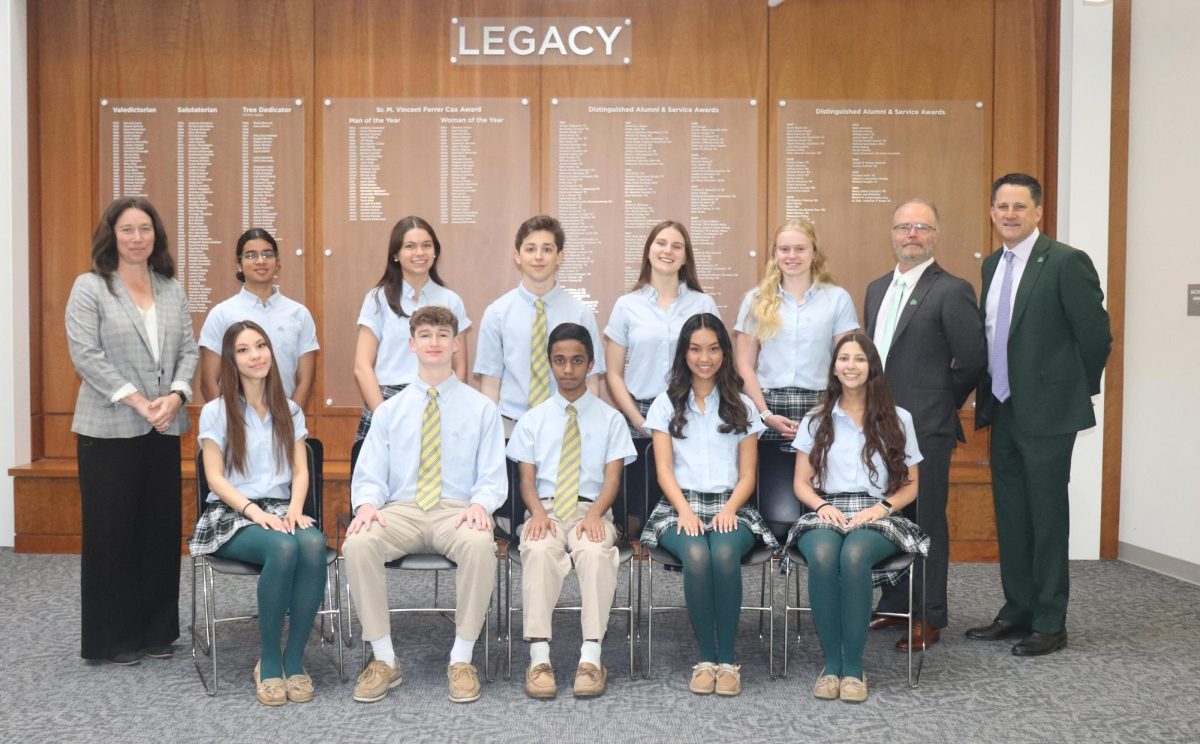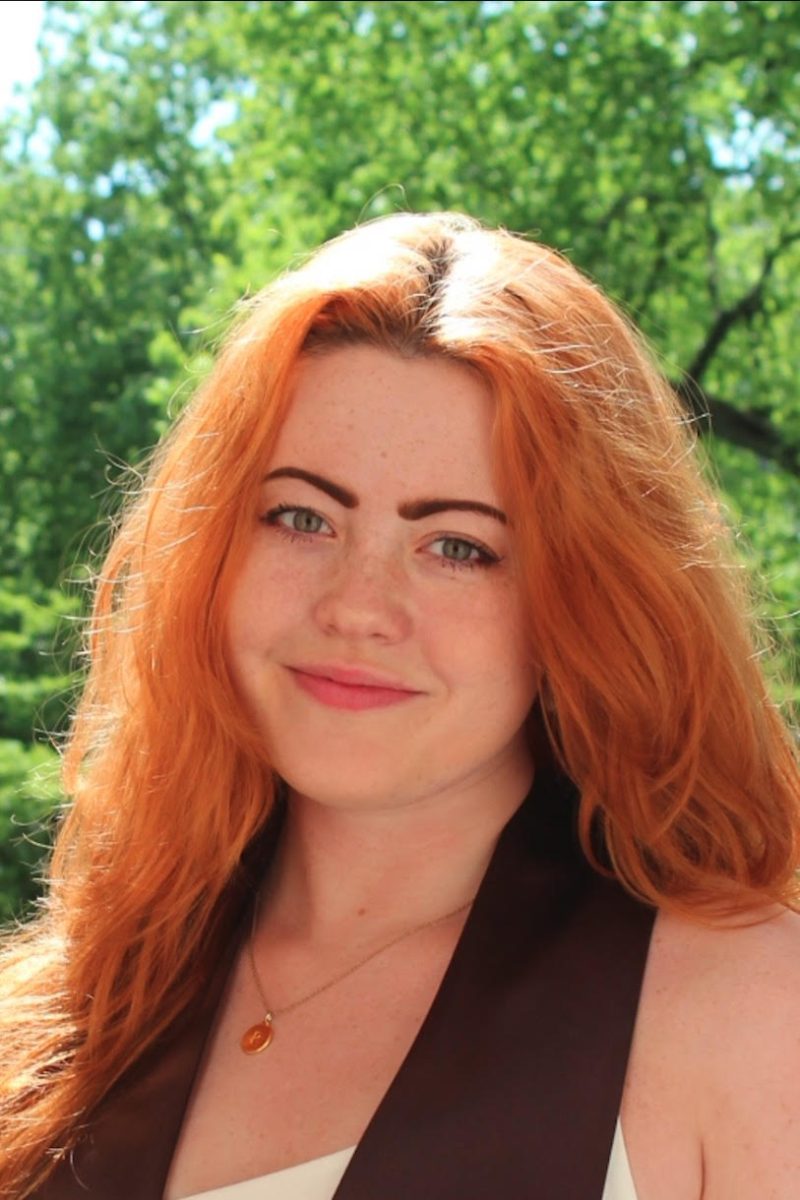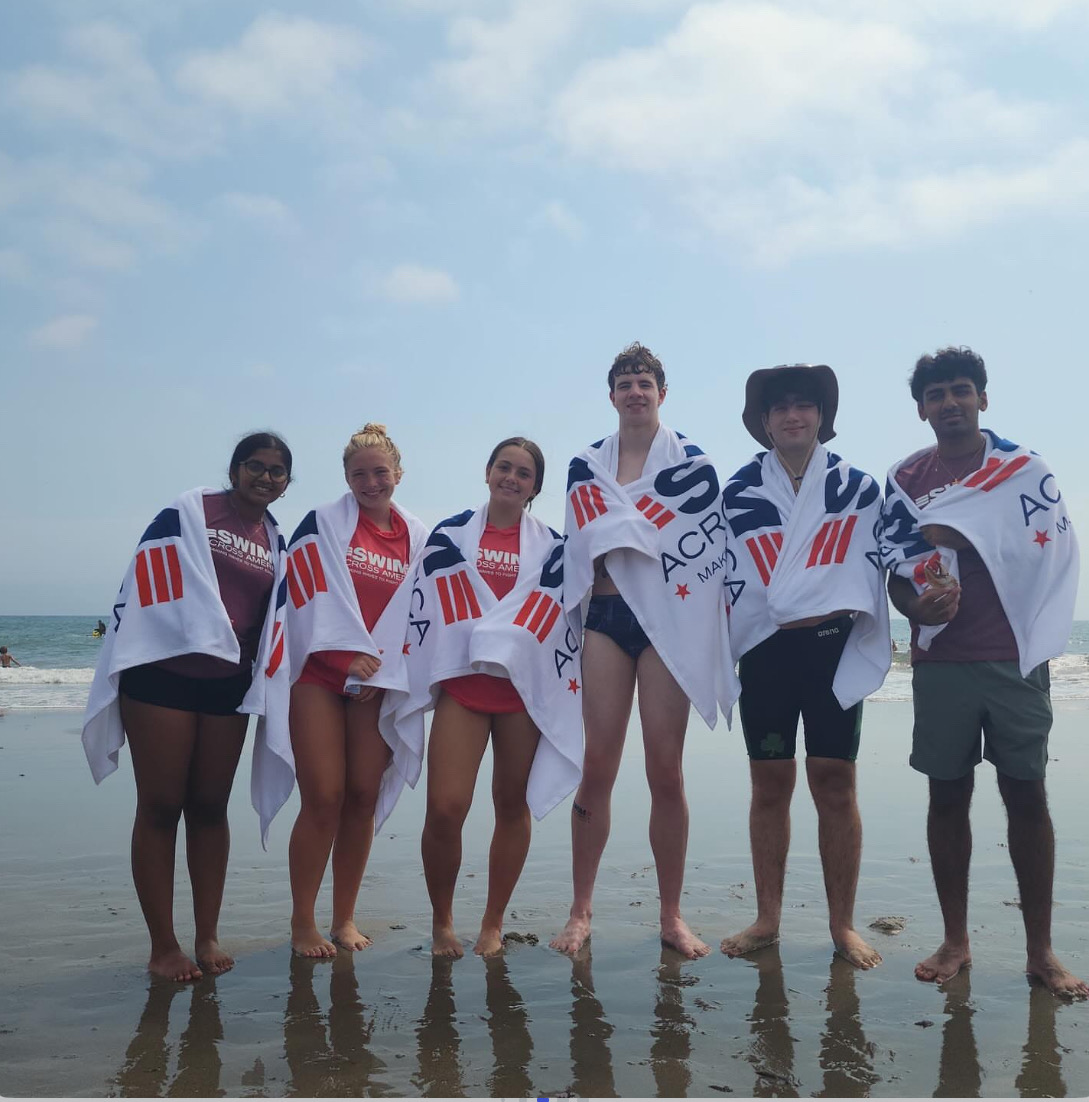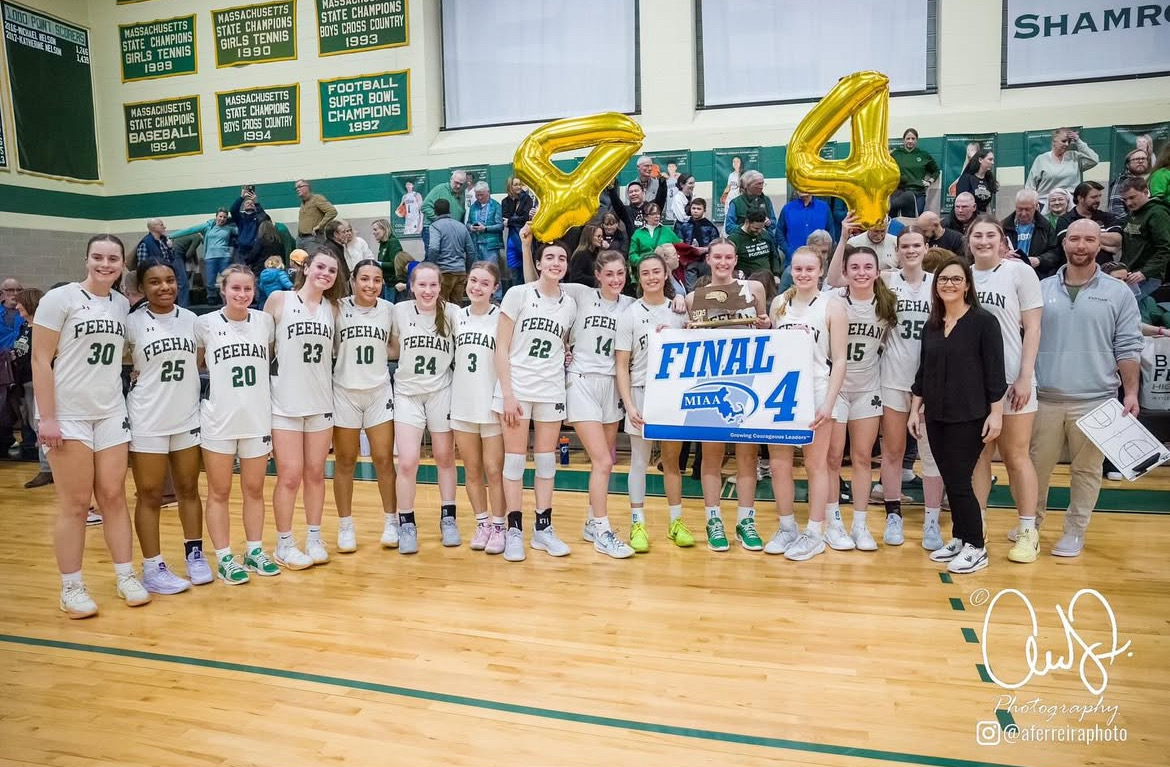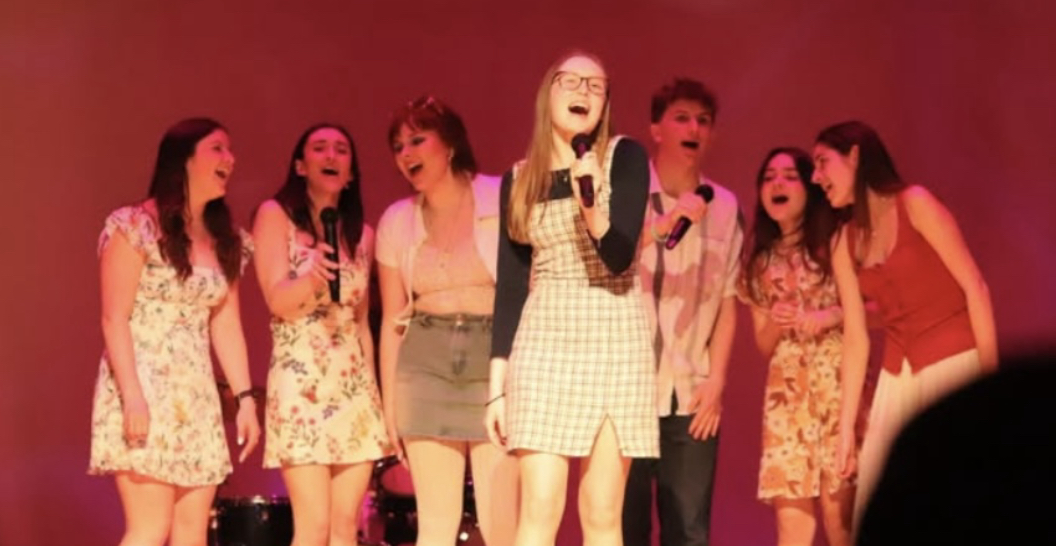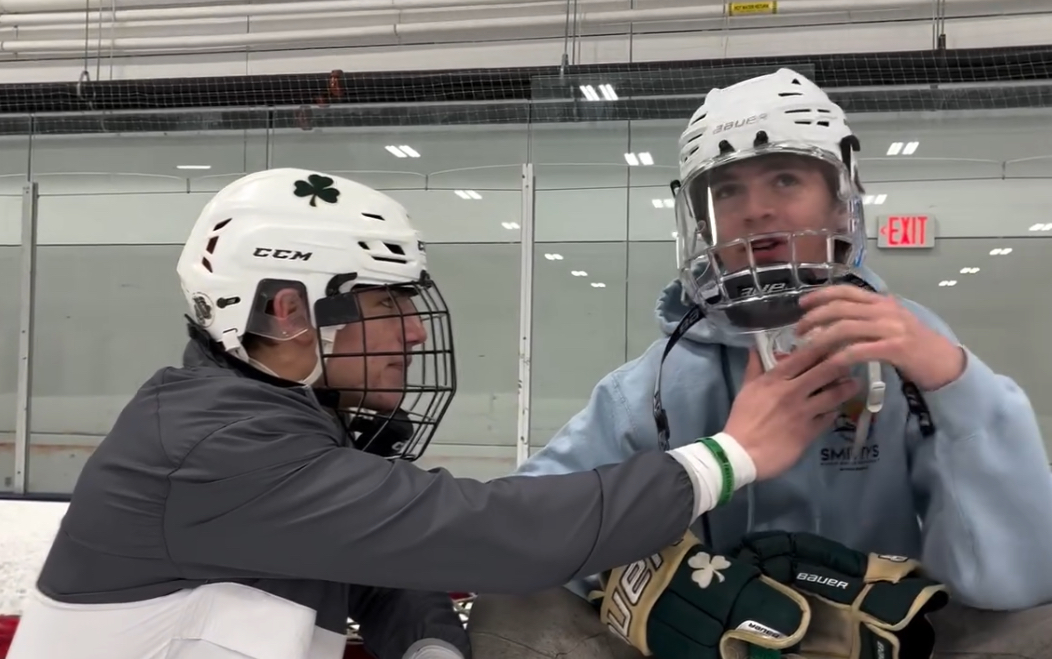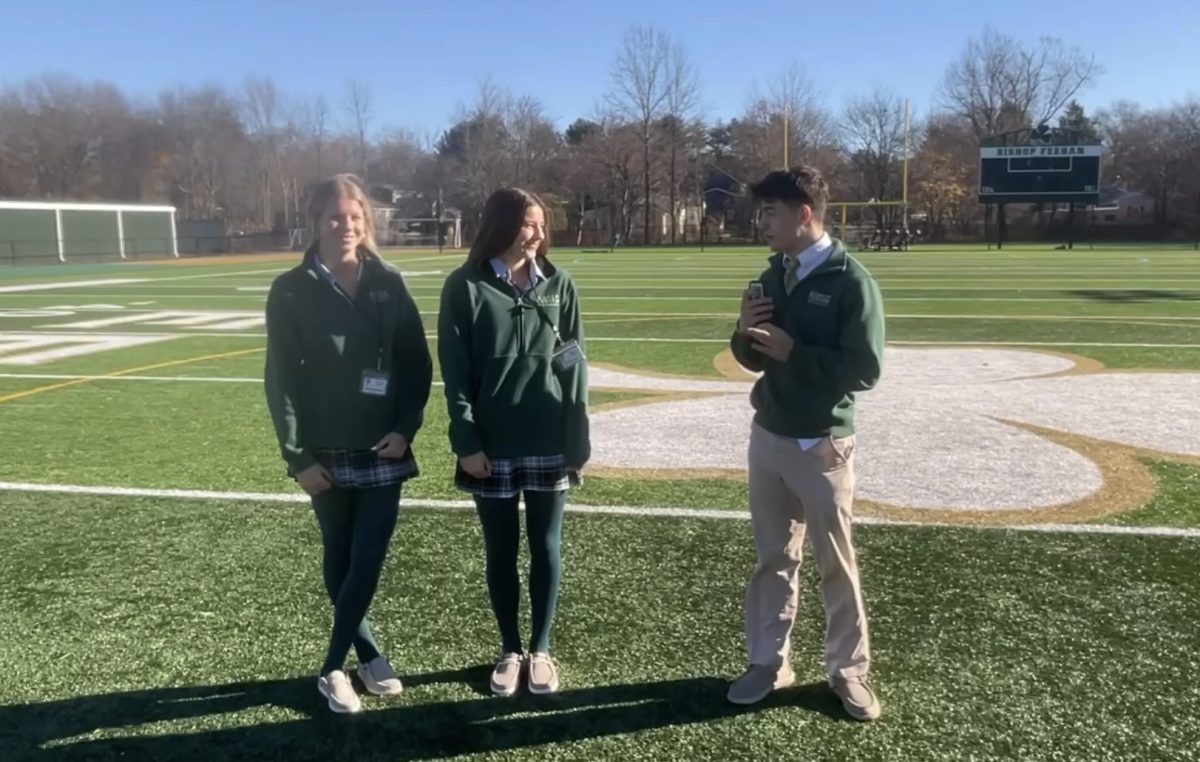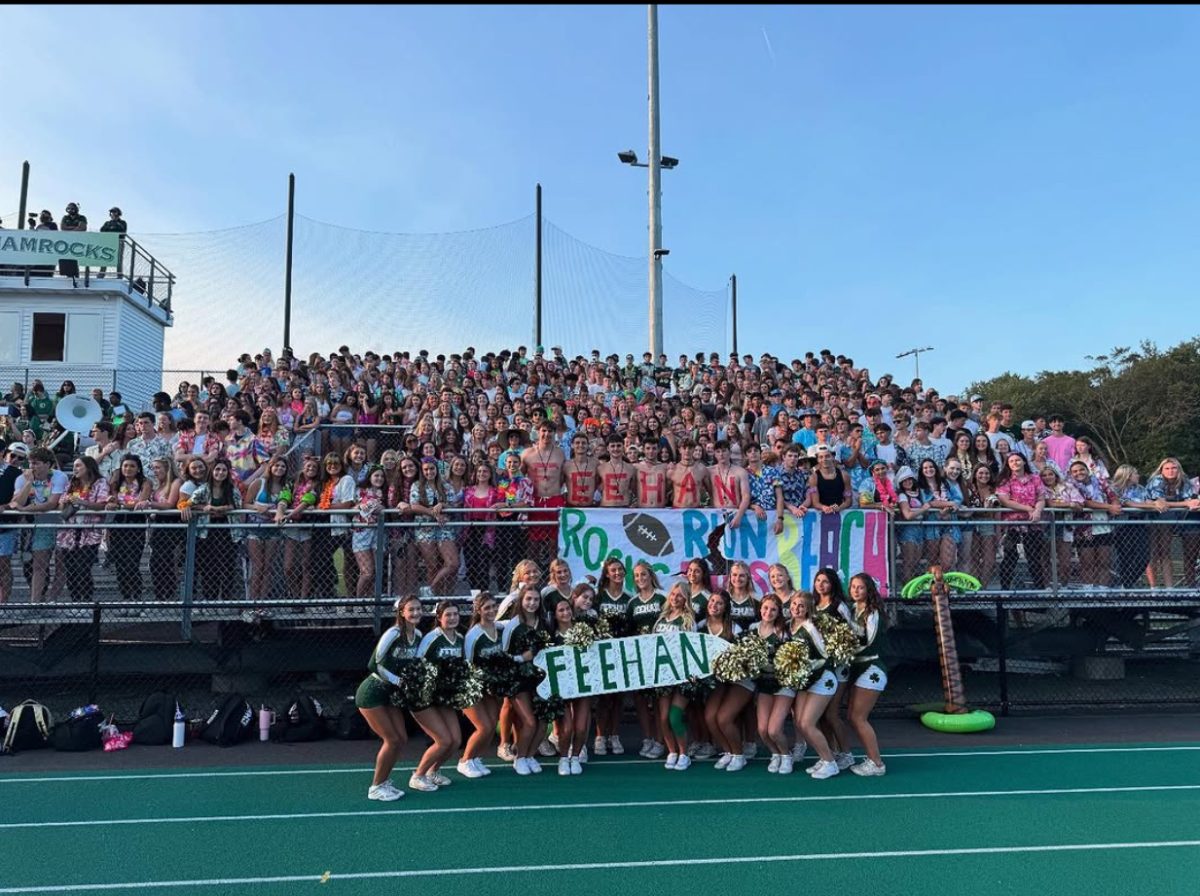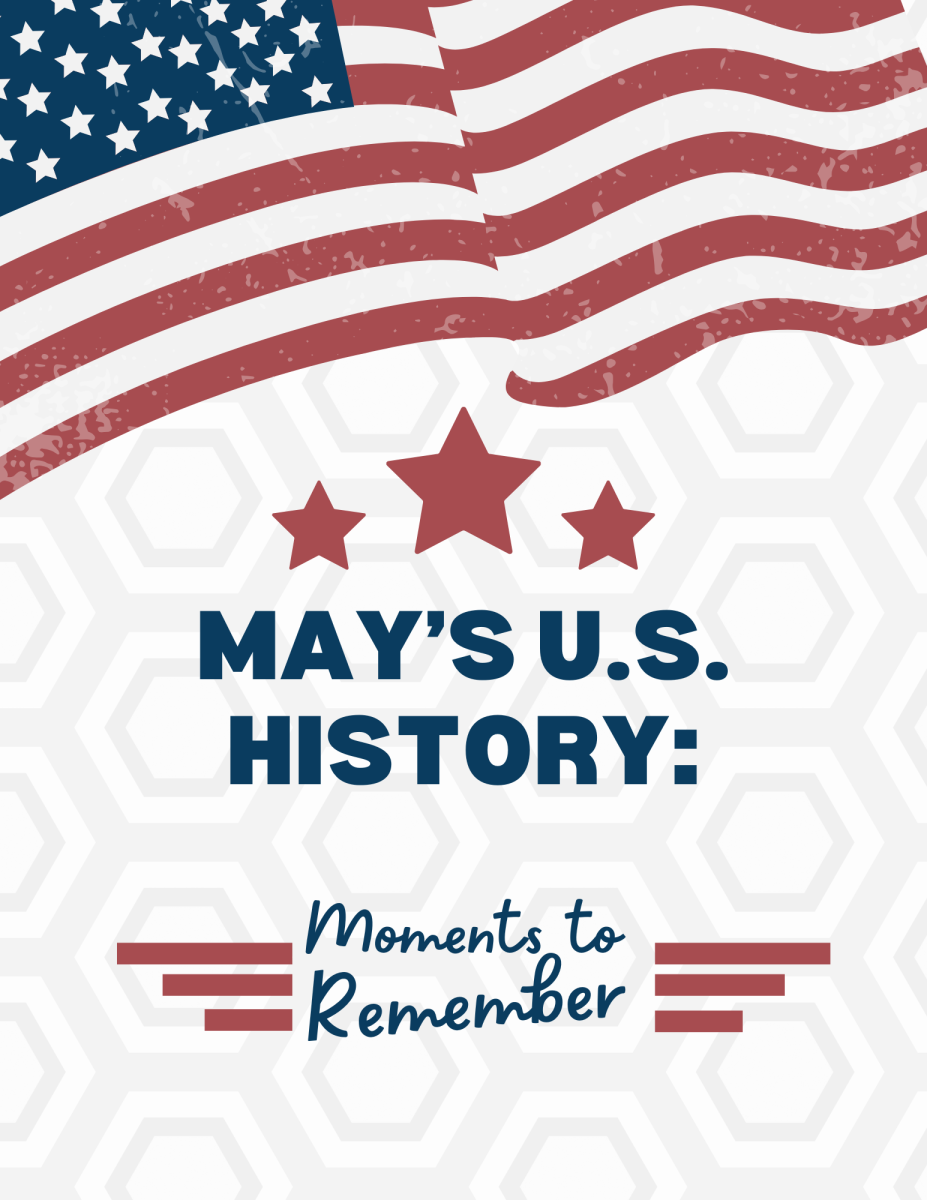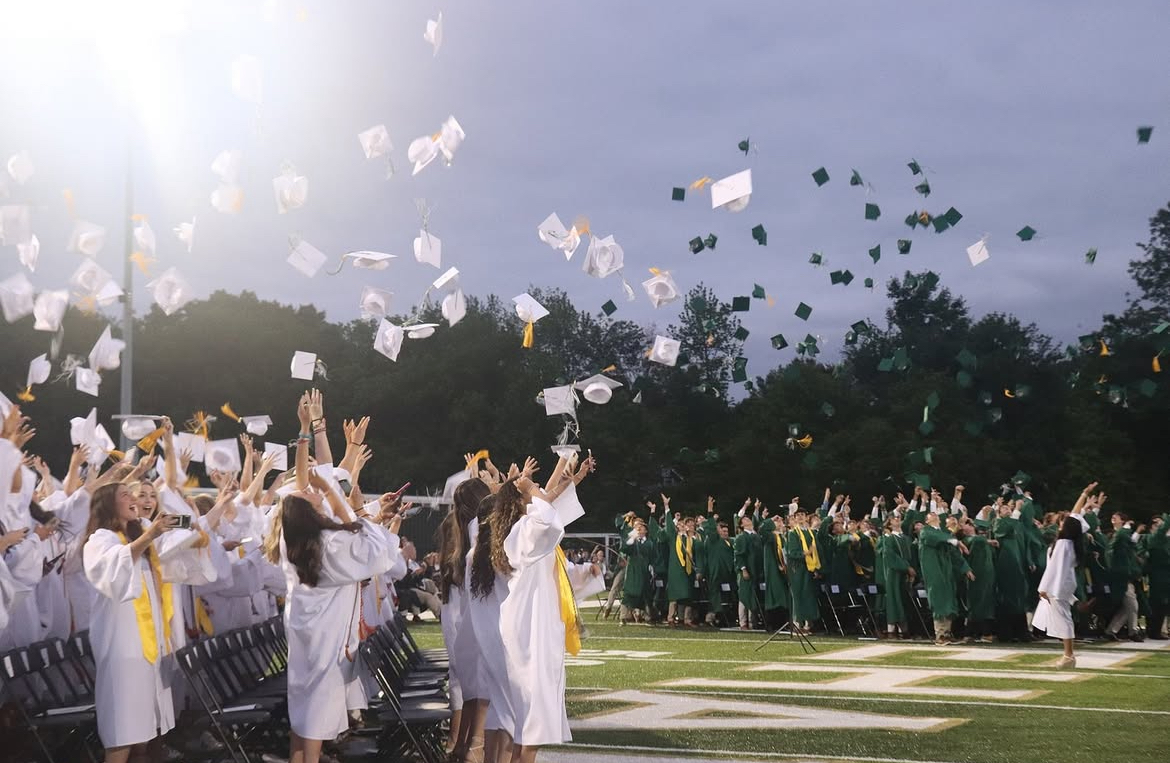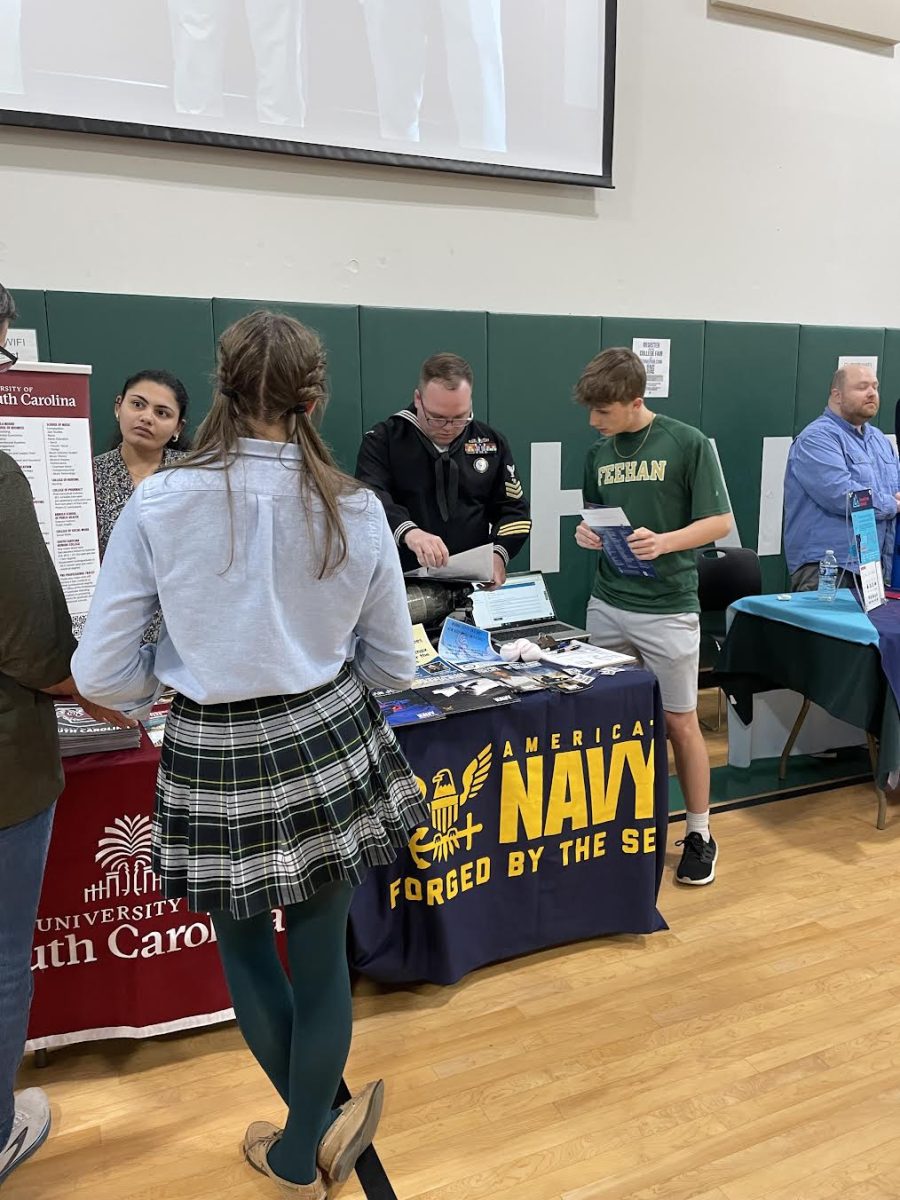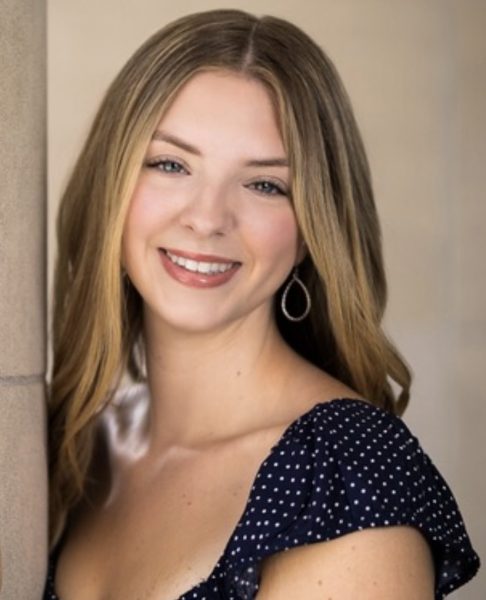Imagine you had just pulled an all-nighter finishing a complex project you had been working on for almost a year. Then, you traveled to a different state to compete in a widely known and respected international competition with hundreds of high school students from around the country and the world. Then, imagine you win. This was the reality for Bishop Feehan’s sophomore student, Benjamin Davis (‘27), when he competed in the International Science and Engineering Fair in Columbus, Ohio, this past May, and won second place.
Prior to representing Massachusetts at the International Science and Engineering Fair, Ben had won first place, as well as received the AMD Excellence in Engineering Award, for his engineering project: “From Crude to Extrude: A Novel Approach to Combining Pultrusion and Extrusion Technologies into a Single Filament Production System to Recycle PET Bottle Waste and 3D Printing Purge Materials into Additive Manufacturing Filament.” When one 3D prints, the process used is called extrusion, which melts down the filament (plastic wire) and forces it out of the printer’s nozzle. When 3D printing with filament that is created with recycled material, it is not functional until it has been re-shredded and re-extruded. This process utilizes great amounts of energy. With his project, Ben created a 45% more energy-efficient system to use recycled filament in 3D printing. Ben describes his machine as a “novel combination [that] uses extrusion and pultrusion to extrude poor quality (diameter) filament and pull it through a nozzle that softens it (pultrusion), to achieve a good quality of filament.” Essentially, Ben’s project is an increasingly more energy-efficient way to turn 3D printed waste into usable recycled filament. Ben’s machine also costs about 90% less than the average filament production machine; a commercial machine costs about $20,000, and Ben’s costs $1,500. For this great achievement, Ben won the Regeneron Young Scientist Award, which is second place overall in the fair and consists of a $75,000 reward.
Ben has been interested in science and engineering since a young age, but his specific passion for 3D printing was established when he received his first 3D printer in fourth grade. Similarly, his passion for recycling comes from his aunt, who works with fabrics and taught him how to recycle them. Ben’s inspiration for his winning project came from a YouTuber, CNC Kitchen, who makes videos about 3D printing. The project took Ben over 800 hours to complete; he began planning in August through September of 2024, building in October through November, testing in December through January 2025, and refining in February through May. His machine underwent over 50 iterations over this time, and Ben faced some setbacks along the project’s development. He described a setback where he needed to fix his hopper system in the machine that broke, which took him 10 hours to redesign. Despite all of his hard work, Ben did not expect to win an award so huge. He shares: “[winning] felt incredible- honestly, I was in shock that I had won. It felt like I was in a dream. I was called on stage for winning first in my category (along with 22 or so other 1st place winners), but I did not think I had any chance of winning any other award— especially not 2nd in the entire world!”
“[Winning] felt incredible- honestly, I was in shock that I had won. It felt like I was in a dream. I was called on stage for winning first in my category (along with 22 or so other 1st place winners), but I did not think I had any chance of winning any other award— especially not 2nd in the entire world!”
Regarding Ben’s experience at the international fair, he describes feeling nervous about the competition and intimidated by the other participants. Contestants from many different states in the U.S. and many countries outside the U.S. came to the fair from places such as Brazil, Oman, and Australia. Ben says that he met many people from different countries and made many friends from his own state of Massachusetts, as well as other states such as New York, Georgia, and Alabama. He also made friends with students from his category at the fair: Engineering Technology, Statics, and Dynamics.
As for Ben’s future goals, he currently plans on continuing to develop his machine. He wants to continue to reduce the cost of the machine (from $1,500 to $1,000), so he can potentially sell it in the future. He also plans to improve the speed and capability of his machine so it can recycle more waste in less time. Additionally, once he finishes refining the machine, he wishes to make one for Bishop Feehan’s use so that our school community can benefit from its many advantages. Regarding his project’s future, Ben says that he “see[s] a future in which [his] machine allows hobbyists, institutions, and organizations to create filament and recycle a wide variety of plastics cheaper and more efficiently than existing solutions.” Ben shares advice and insight for anyone with aspirations to develop products like his, saying, “the biggest thing that I learned throughout this whole process is to not be afraid of failure. There were many times during my project where I felt like giving up, and that nothing was going to work, but I took a break, came back to it later, and solved the problem- even if it meant a total redesign of my machine.”
“The biggest thing that I learned throughout this whole process is to not be afraid of failure. There were many times during my project where I felt like giving up, and that nothing was going to work, but I took a break, came back to it later, and solved the problem- even if it meant a total redesign of my machine.”
The Bishop Feehan community greatly congratulates Ben and his amazing achievements, and we can’t wait to see where he takes his project!

